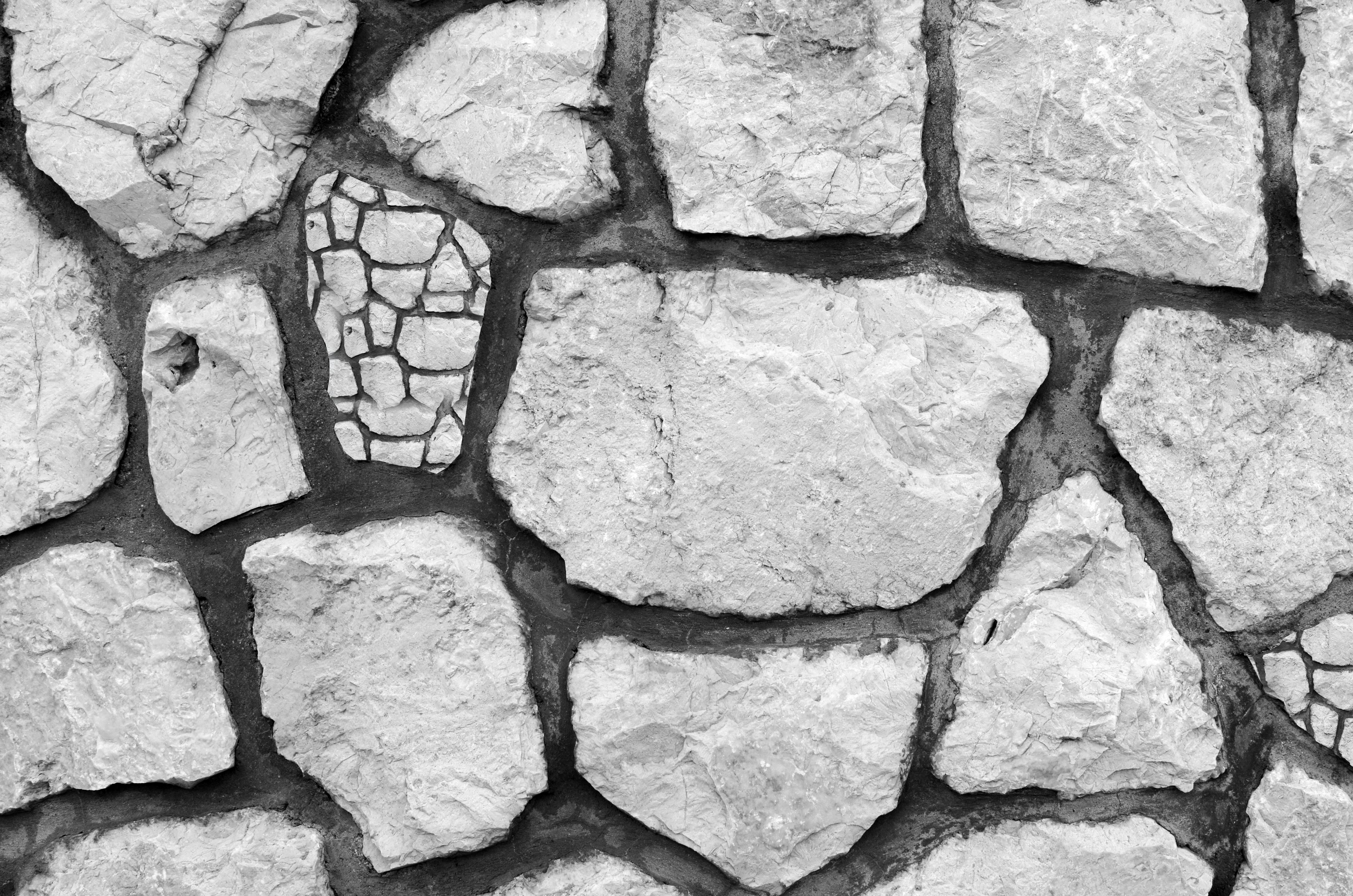Everything in this universe is made of five elements: earth, water, air, fire, and space. These five elements are also present in the human body. If these elements are contaminated in the outside world, they are also contaminated in the human body, because what is outside is also inside. However, it should be mentioned that out of the five elements, space and fire cannot be contaminated due to their very nature.
The nature of fire is to burn everything it comes in contact with, to ashes, to its base element. It has no discrimination; It consumes and devours everything it touches.
Space is infinite and contains everything within it and yet nothing touches it. Nothing exists without space. Cannot be dyed; cannot be contaminated. So, we are left with only the other three elements, land, water and air that can be contaminated.
What is the root cause of these elements is what the Upanishad rishis questioned. Can they exist by themselves? Do you have a consciousness that can say “I exist”? Who says they exist? “I” say that they exist.
Who is this “I”?
This “I” is an entity that is aware of its own existence and of everything around it. The final question posed by the Upanishad rishis was “What is the root cause of this ‘I’?
Who can say that this “I” exists? And they came to the irrefutable conclusion that this “I” is the causeless cause of everything that exists. He needs no proof of his own existence and gives proof of the existence of everything else by his “consciousness”. Therefore, this “I” is consciousness that is existence and consciousness; what is called in Sanatana Dharma as “sat” and “chit”. Also this “I” is called “atman” and is analogous to light because it has knowledge of everything through consciousness. It is also called swayam jyoti, self-effulgence. A light does not need another light to illuminate its existence. This “I” or light is present in everyone. Just as a light bulb shines within the casing of a glass bulb and yet scatters its light everywhere, so this atman shines in the casing of a physical body and yet scatters its light everywhere. When this consciousness basks in the pure awareness of its own existence, it experiences bliss, the highest and purest form of happiness and pure joy. It is also the last, since it is the uncaused cause of everything. This is what is called Atman or God. The words atman and I are synonymous. At the individual level it is called Atman, but at the universal level it is called Paramatman. The whole goal of life is to find this unity (Brahmatmaikya bhava) or identity of the Atman with Paramatman, the individual Self (atman) with the Universal Self (Brahman).
In order to experience this state of oneness of the Self with the Universal Self, Sanatana Dharma prescribed a way of life that took an integral perspective of both the external world and the internal world. They considered everything in this world as sacred and had a reverent attitude towards everything and worshiped the five elements and nature itself.
The next question naturally follows, “How did they worship?
There is what is called Pancha Puja, worship of the five elements. This puja is performed to the main God, either Vishnu, Lalitambika or Ganesha in the form of the essence of the five elements.
Consequently, these five elements are given a special place of residence in the subtle body chakras of the human body as mentioned in Kundalini yoga, which is the practice of yoga or union of Shiva and Shakti.
In this ritual puja, the most sacred and auspicious physical offerings representing the five elements are made to the divinity who is worshiped with the chanting of powerful bijaksharas, seed letters in a highly reverent manner.
1. Fragrant sandalwood paste representing the earth element in the muladhara chakra, the root chakra is offered while chanting the lam bijakshara, seed letter.
2. Nectarean food representing the water element is offered in the Svadhishthana chakra while chanting the ‘vam’ bijakshara.
3. A lighted lamp representing the element of fire is offered in the Manipura chakra, in the solar plexus, while the bijakshara ‘ram’ is chanted.
4. Fragrant flowers representing the air element in the Anahata chakra, the heart chakra are offered while the bijakshara ‘ham’ is chanted.
5. Fragrant incense representing the space element in the vishuddhi chakra, throat chakra is offered while chanting the ‘yam’ bijakshara.
Ajna chakra, the third eye chakra is the seat of knowledge and is beyond the elements. Sahasrara chakra, the thousand-petalled lotus in the crown chakra also does not belong to the elements and is the place where shakti unites with Shiva.
Physical offerings symbolizing these elements are made through the chanting of mantras and powerful seed letters called bijaksharas. The seed letters resonate in space and their vibrations are carried in their subtlest forms through fire, water, air, earth and space to Paramatman.
The Sanatana Dharma rishis could control these elements and make them do whatever they wanted. Their bids were made to thank and appease the elements and keep them in balance.
Water is the elixir of life, the earth is called Mother Earth because it provides us with everything for our sustenance and the air is called prana vayu, the vital force that gives life. The greatness of each of these elements will be discussed in the following article. How we show them due respect by developing the right attitude towards them is the subject of the following article.



